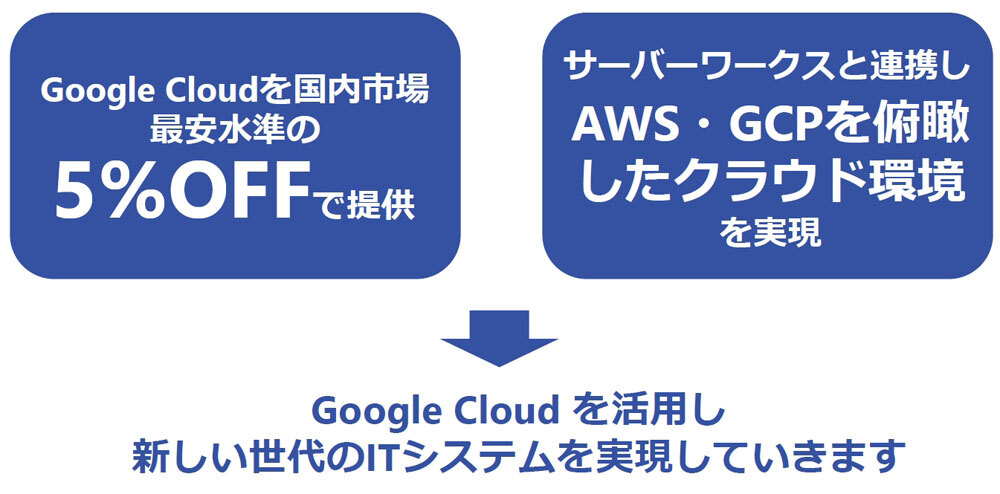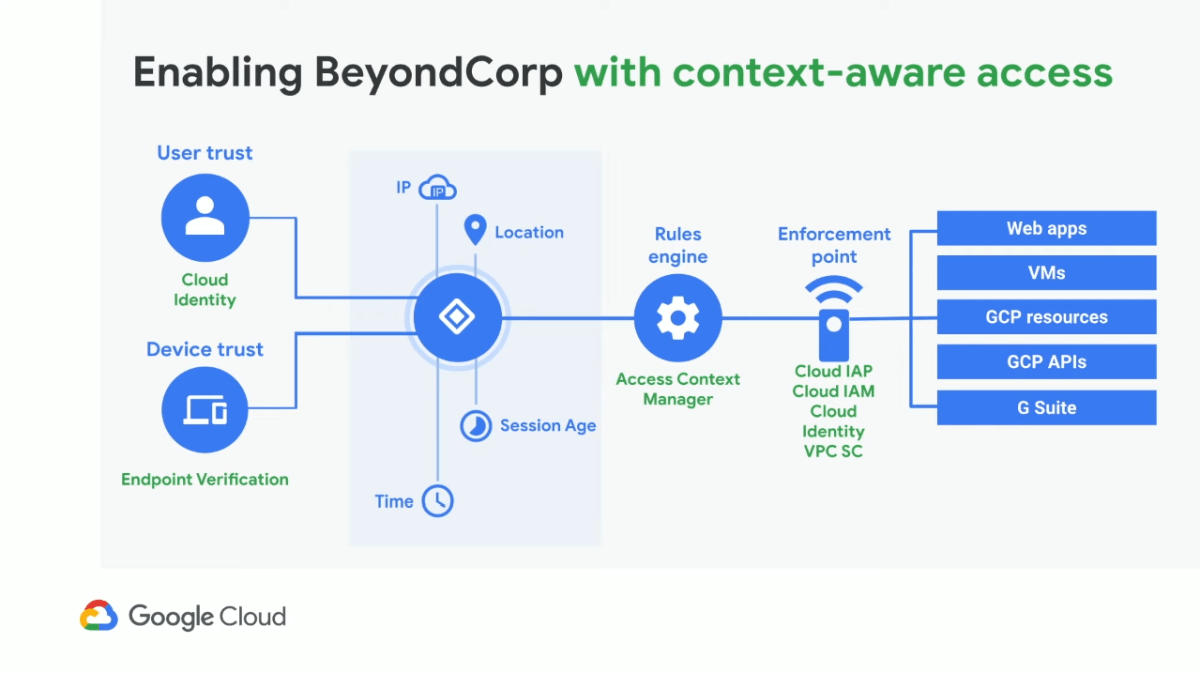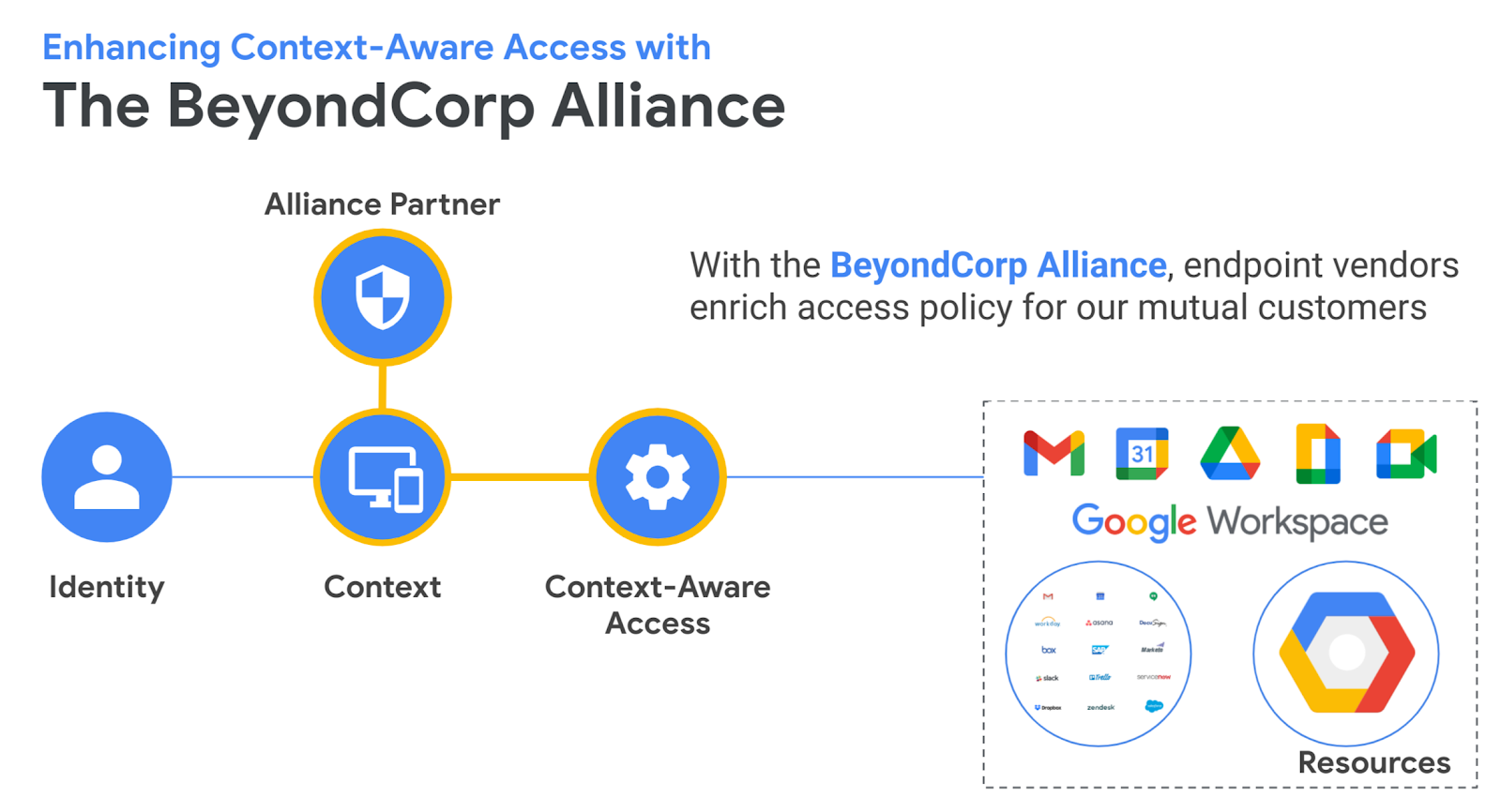

Traditional remote-access VPNs are difficult to configure and can take days, weeks, even months to deploy. This bundled, cloud-based solution is generally available right now, and it works with web apps running on GCP, on-prem, or even in other clouds. Google Cloud’s new security solution, BeyondCorp Remote Access, enables organizations to rapidly and securely enable remote access to internal web apps for their employees and extended workforce. BeyondCorp Remote Access: Easy, Secure Remote Access to Internal Web Apps

What if remote employees could securely access internal web apps on their home networks, through their web browsers, as easily as they access Gmail? Now, they can.

Phishing, man-in-the-middle, SQL injection attacks all find fertile ground on VPNs. The problem with such an approach is that once the perimeter is breached, the entire internal network, including all associated applications, are at risk.

It is predicated on the notion that everything behind the firewall will not be accessed without a secure VPN. This approach to security has been called “the castle” method, in which a firewall is used to set off an internal network that can only be accessed by way of a VPN. VPNs also leave open unfortunate security gaps based on their fundamental architecture. Employees find them difficult to use, and they’re particularly ill-suited to third-party users, like contractors or partners. They are expensive, time-consuming to deploy and manage, and don’t scale well. VPNs have their place, but they have proven to be a poor fit in this extraordinary COVID-19 environment. Typically, organizations have depended on virtual private network (VPN) solutions to secure their remote workers. Suddenly, organizations that had few or no remote workers had to rapidly enable and secure armies of at-home employees - an onerous task, especially for companies that lacked an existing remote work infrastructure.Ĭhief among the problems has been providing remote workers with simple and secure access to business-critical internal applications, including employee portals, project management dashboards, customer service systems, software bug trackers, and myriad other web apps that employees accessed right from their web browsers while connected to the company’s network on-prem. Then, COVID-19 abruptly and fundamentally altered business operations. However, fewer than 4% actually did work remotely. Prior to COVID-19, about 80% of employees expressed a desire to work from home at least some of the time, and more than one-third said they were willing to take a pay cut in exchange for that option. Employees have been clamoring for remote work options for years.


 0 kommentar(er)
0 kommentar(er)
